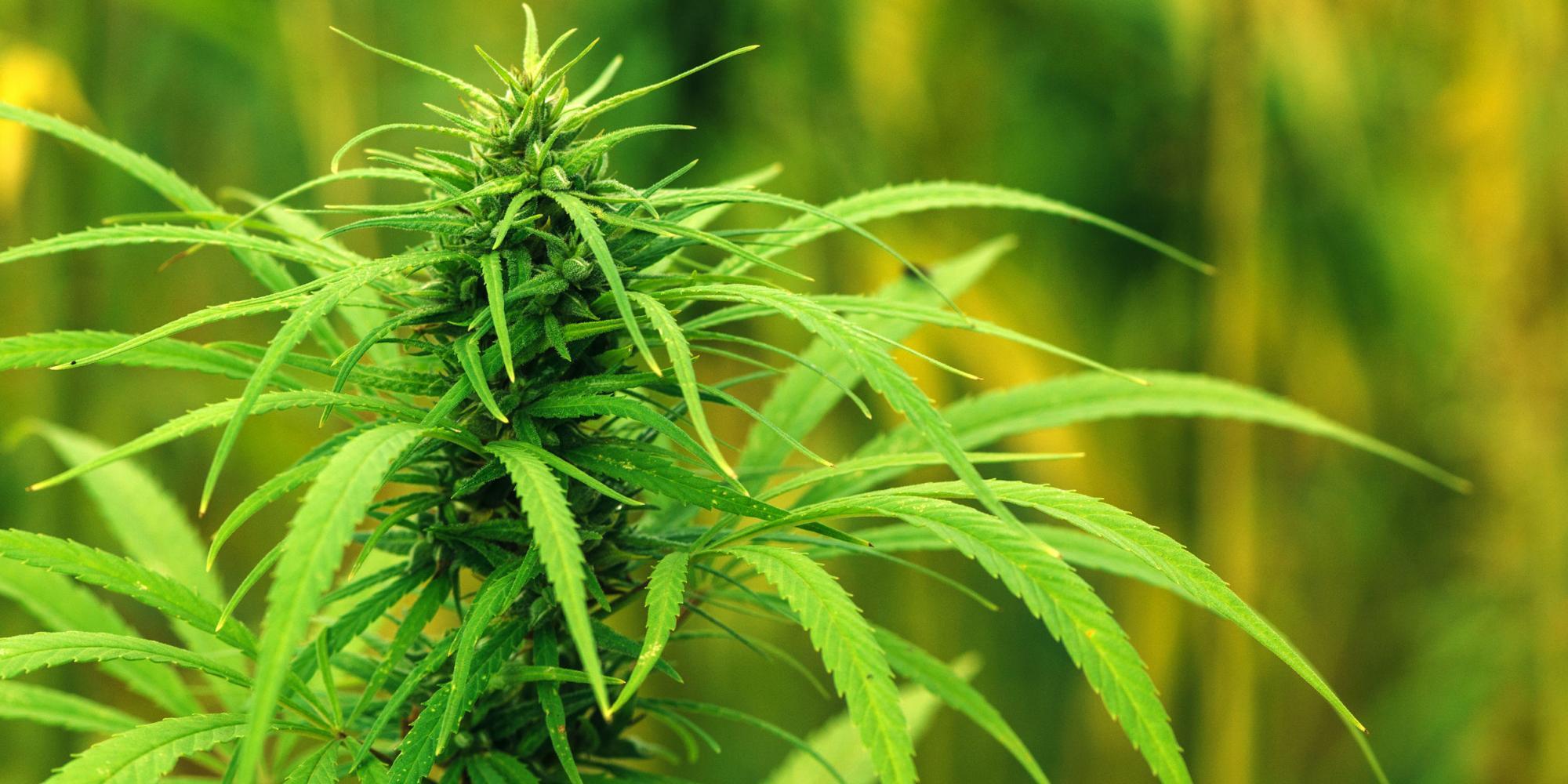11.21.2025
Sausage casings bulletin, November 21, 2025

...

The pace and scale of industrial hemp segments development is a common topic of discussion within the hemp sector. This has been a frustrating echo chamber for those that have been involved with the crop for several years or have long positions in hemp products or enterprises, most of which have endured the steep declines of hemp pricing. The common refrain of hemp’s thousands of uses is met by them with the question: how many are actually realistic?
In terms of textiles, hemp fiber will compete with globally sourced fibers like cotton, or even jute, which we discussed in February, briefly covering the economics of that crop in India and Bangladesh. There is no imminent risk of hemp eating into jute’s market share, this is not an area where global hemp producers will look to compete in the next decade. But the race to the bottom on materials price will be upended in coming years, as more comprehensive full-cost accounting is increasingly applied to decision making.
The current conversation around hemp’s sustainability attributes is highly anecdotal, and though there is considerable confidence in the svelte ecological footprint of hemp, there is very little research to support it. The tool that objectively breaks down the impact of a crop – or anything else – is Lifecycle Assessment, or Lifecycle Analysis (LCA). LCA methodologies are evolving as we learn more, but they essentially look at the impact of an industrial activity from the initial gathering of resources in field, forest, or mine, to the ultimate return of all residuals to the earth.
“Cradle to grave” is the concept that will follow hemp from planting to disposal, and despite various methodologies to get there, the overall concept is a big shift for industry at large, but one they’ve been expecting. From what we know about hemp, the crop is expected to have a favorable outcome in an LCA process. Reliance on water and inputs is one of the areas hemp advocates say it bests cotton, but an LCA can be instructive, producing unexpected results. The most glaring example of this is transportation. The economies of scale of entrenched products like cotton will favor them in LCA’s of highly scaled systems, compared to a niche process. A longer time horizon will favor hemp, as will more progress to discover its actual uses, like product development.
This is our message to any parties exploring opportunities in the hemp sector. An LCA, besides being instructive to any operator, could have considerable political value, and funding value. Well thought out systems by capable operators are desperately needed in today’s economy, and are highly fundable, lowering the barrier to entry in the hemp fiber segment. We also routinely encounter principals or groups of investors that are self-funded, and our message is the same. More data on the impacts of hemp production, processing, transportation, manufacturing, and distribution are all needed to make good long-term decisions. Armed with this, hundreds of millions of dollars will be available for this emerging segment of agriculture and industry.